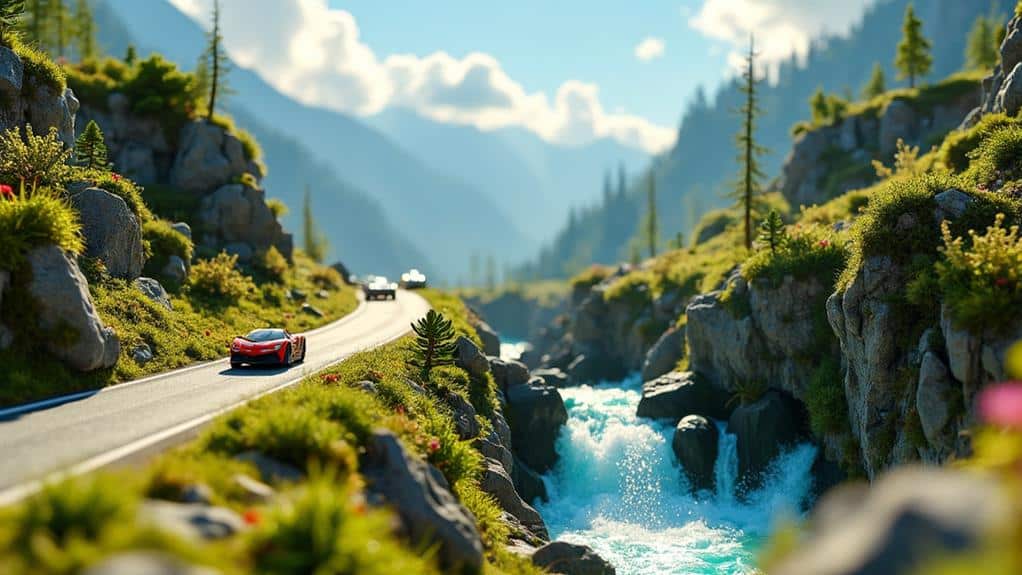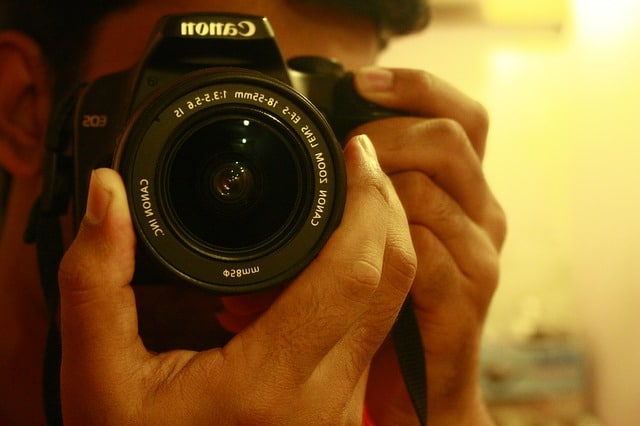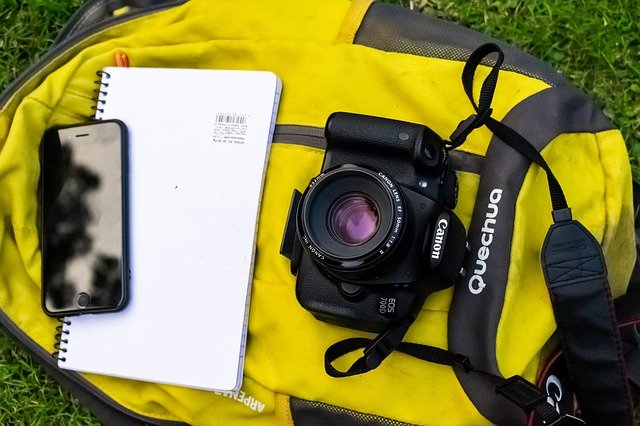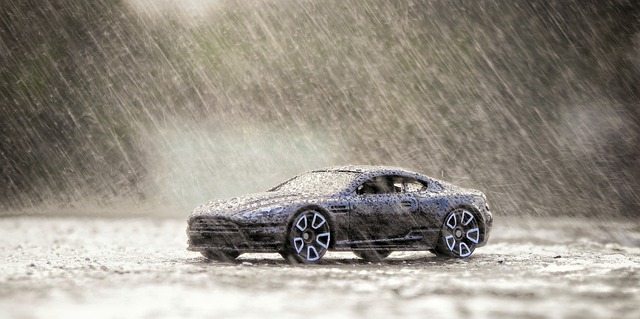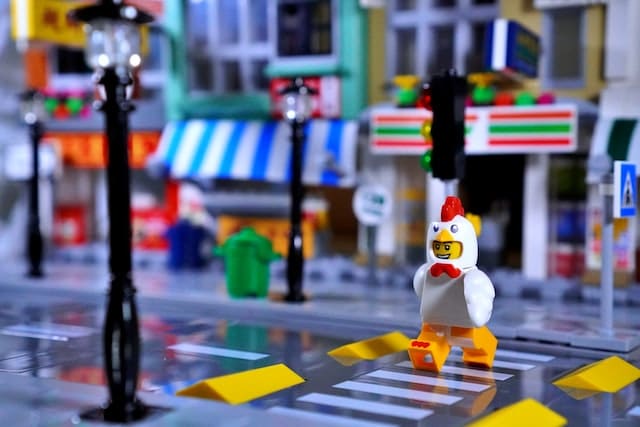When creating epic dioramas for toy car photography scenes, you'll want to start by choosing a compelling theme that can set the entire mood of your project. Whether you're aiming for a sense of nostalgia or a gritty, realistic tableau, the theme will guide every element you incorporate. After solidifying your theme, planning the layout becomes vital—sketch out your ideas and think about key components you'll need. Gathering the right materials is the next essential step, but how do you transform these raw elements into a visually stunning scene that captivates the eye? Let's explore the nuances together. Start by experimenting with simple diorama ideas for toys, such as a dusty desert highway or a bustling miniature city street, to ease into the process while sharpening your skills. Focus on small details like weathering effects, realistic textures, and placing props strategically to enhance the realism. By layering elements thoughtfully, you can create depth and bring your toy car photography to life.
Key Takeaways
- Choose a theme that transforms the diorama into a compelling narrative, adding depth and interest to the scene.
- Plan and sketch the layout to ensure a cohesive and visually appealing setup.
- Construct a sturdy base and add texture using plaster or papier-mâché for realism.
- Use fine sandpaper and acrylic paints to create realistic roads with detailed markings and variations.
- Employ diffused lighting and multiple light sources to enhance the scene and create soft shadows and highlights.
Choosing a Theme
When it comes to creating dioramas for toy car photography, choosing a theme is essential. A clear theme sets the stage for your entire project and guides every decision, from the props you select to the colors you use. Start by thinking about what excites you. Do you love the nostalgia of classic car shows or the gritty realism of urban street scenes? Maybe you're drawn to the sleek lines of modern sports cars. Whatever it is, your passion will shine through in your photos.
Next, consider the story you want to tell. A well-chosen theme can transform a simple photo of a toy car into a narrative full of life and interest. Are you capturing the thrill of a high-speed chase or the quiet charm of a vintage car in a rural setting? Your theme will help you create that story visually. Feel free to explore different genres and settings, drawing inspiration from various sources, including unique and interesting toys found in online marketplaces or collector communities.
Don't forget to research. Look at other photographers' work and note what themes resonate with you. This will provide inspiration and help you refine your own ideas. Picking a theme isn't just the first step; it's the foundation of your diorama. Make it count
Planning the Layout
Start by sketching your initial scene ideas to visualize the layout of your diorama. Think about selecting key scene elements that will enhance the overall feel and authenticity of your miniature world. Consider using props like household items or interesting textures to add depth and character to your setup. By planning these details, you'll guarantee your toy car photography captures the perfect shot
Sketching Initial Scene Ideas
Kicking off your diorama project with a clear vision is essential for success. Start by sketching your initial scene ideas. Grab a piece of paper and a pencil; don't worry about perfection—focus on capturing your thoughts. Think about the story you want to tell with your toy cars. Are they racing through a bustling city, parked in a serene countryside, or perhaps traversing a rugged mountain trail?
Visualize the main elements that will play a pivotal role in your scene. Draw rough outlines of where you want buildings, roads, trees, and other significant features. Pay attention to the scale and how everything will fit together. This step is indispensable because it helps you see potential issues before you start building.
Next, consider the perspective from which you'll be photographing the scene. Sketch multiple angles to guarantee your layout looks great from various viewpoints. This helps in identifying the best spots for key elements to avoid any awkward gaps or overlaps. Remember, your sketch doesn't have to be detailed or artistic; it's a roadmap for your diorama. A clear, well-thought-out sketch will save you time and frustration later on.
Selecting Key Scene Elements
Choosing the right scene elements is crucial for bringing your diorama to life and achieving a cohesive layout. Start by identifying the key elements that will complement your toy cars. Think about the story you want to tell—whether it's a bustling city street, a serene countryside, or a thrilling racetrack. Each scene requires unique elements to make it believable and engaging.
Next, consider the scale and proportion of each element. Your buildings, trees, streetlights, and other props should match the size of your toy cars to maintain realism. You don't want a tiny traffic light next to a big car; it'll disrupt the scene's balance.
Pay attention to the colors and textures of your elements. Harmonious colors can tie the entire scene together, while varied textures add depth and interest. For example, rough pavement contrasts nicely with sleek car surfaces.
Lastly, think about the arrangement. Place key elements where they naturally belong, like buildings along the street or trees in the background. This helps guide the viewer's eye and creates a dynamic composition. By thoughtfully selecting and arranging your scene elements, you'll create an absorbing diorama that enhances your toy car photography.
Gathering Materials
Now that you've planned your layout, it's time to gather your materials. Consider incorporating elements like textured backgrounds or props to add depth to your scenes. Start with an essential supplies checklist to guarantee you have everything you need. Don't forget to get creative by sourcing unique items that can add a special touch to your diorama. For instance, using natural scenery as a backdrop can create a more immersive experience for your toy car photography
Essential Supplies Checklist
Creating stunning dioramas for toy car photography starts with gathering the right materials. First, you'll need a sturdy base. Foam board or plywood works great for this. Next, grab some modeling clay or plaster to create texture and terrain. For roads, sandpaper can simulate asphalt, while craft paint brings it all to life with realistic colors.
Don't forget vegetation. Miniature trees, grass mats, and moss can be sourced from any craft store. You'd also want to have small rocks and gravel for added realism. To mimic water features, pick up some clear resin or even blue-tinted epoxy.
Lighting plays a vital role, so stock up on small LED lights or fairy lights to brighten your scenes. You'll need a variety of paints and brushes for detailing. Acrylic paints are versatile and dry quickly. For weathering effects, consider pastels or weathering powders.
Adhesives like hot glue, super glue, and double-sided tape will help you assemble your scene securely. Finally, gather some basic tools: scissors, tweezers, a hobby knife, and a cutting mat. With these supplies, you're well on your way to creating epic dioramas that make your toy cars look like they're in a real-world setting.
Sourcing Unique Items
With your essential supplies gathered, it's time to think outside the box for sourcing unique items that add character to your dioramas. These special touches can transform a simple setup into an extraordinary scene that tells a story. You'll want to explore unconventional places and get creative with your materials.
- Thrift Stores and Flea Markets: These places are treasure troves for miniature items and unique props. Look for small furniture, tiny figurines, or even old toys that can be repurposed.
- Nature Walks: Collect natural elements like twigs, pebbles, and leaves. These can be used to create realistic landscapes and add texture to your scenes.
- Craft Stores: While they might seem obvious, dig into sections you usually skip. You might find miniature food items, tiny animals, or interesting textures that can be perfect for your diorama.
- Household Items: Everyday objects can be surprisingly useful. Bottle caps can become barrels, and old jewelry can add a touch of sparkle.
Building the Base
Constructing the base of your diorama is the essential first step in bringing your miniature world to life. Start with a sturdy, flat platform—wood or foam board works well. Make sure it's large enough to accommodate your planned scene. Sand down any rough edges to guarantee a smooth finish.
Next, you'll want to ponder the terrain. Use modeling clay or foam sheets to create hills, valleys, or any other landforms. Secure these with hot glue or a strong adhesive. Be mindful of the scale; your toy cars should look natural on the landscape you're creating. Additionally, ponder using soft, diffused light from a softbox to reduce shadows and highlight the details of your base.
Once your terrain is set, cover it with a layer of plaster or papier-mâché to add texture and stability. Let it dry thoroughly. After it's dry, paint the base with earthy tones to mimic soil, rocks, or grass. You can use acrylic paints for this step, as they're easy to work with and dry quickly.
Creating Realistic Roads
Realistic roads are essential for adding authenticity to your diorama. They set the stage for your toy cars, making them look like they're cruising through real streets. To create these convincing roads, you don't need to be an expert.
- Base Material: Choose a sturdy base material, like foam board or MDF. These materials are easy to cut and shape, giving your road a solid foundation.
- Texture: Use fine sandpaper or textured paint to mimic the rough surface of asphalt. This adds a tactile element that makes your road look more believable and engaging. Consider experimenting with different textures and colors to find the perfect combination for your scene.
- Paint: Opt for dark gray or black acrylic paint for the road itself. Add subtle variations in color to simulate wear and tear, enhancing the realism. Lighting and shadows can also help bring out the details in your painting.
- Markings: Use a fine brush or paint pen to create lane lines, crosswalks, and other road markings. These details make your roads pop and guide the viewer's eye
Crafting Scenery Elements
Bringing your diorama to life means paying close attention to the scenery elements that surround your toy cars. Start by considering what kind of environment you want to recreate—urban, rural, or something more imaginative. For an urban setting, craft miniature buildings using foam board or cardboard. Paint and detail them with windows, doors, and even tiny signs to enhance realism. Using diffusers and reflectors can help manipulate light effectively, creating realistic shadows and highlights.
Next, think about the ground texture. For a rural scene, use fine gravel or sand to mimic dirt roads and pathways. For urban settings, paint foam board to look like asphalt or concrete. Incorporate small details like manhole covers made from bottle caps or tiny cracks drawn with a fine-tipped marker.
Don't forget about props. Trash cans, mailboxes, and benches can be easily crafted from everyday items like bottle caps, paper clips, and small wooden sticks. Use paint and markers to add finishing touches.
Lighting also plays a vital role. Experiment with small LED lights to create shadows and highlights that add depth and drama to your scene. By meticulously crafting these elements, you'll make your toy car diorama not just a display, but a miniature world full of stories.
Adding Vegetation
When you're adding vegetation to your diorama, start by choosing plant materials that fit the scale and theme. Placement is vital for realism, so think about how plants naturally grow in real-life settings. Enhance your scene with colors that complement the overall look and feel of your diorama.
Choosing Plant Materials
Adding vegetation to your diorama can dramatically enhance the realism and depth of your toy car photography. Choosing the right plant materials is vital for creating a mesmerizing scene. Start by considering the scale of your diorama. Miniature trees, bushes, and grass should match the size of your toy cars to maintain proportion and authenticity.
- Miniature Trees: Use model train trees or craft your own with wire and foam. They add height and structure, making your diorama look more dynamic.
- Bushes and Shrubs: Clump foliage and lichen are excellent choices. They provide texture and variety while filling in gaps and adding layers.
- Grass: Static grass or turf can be applied to create realistic lawns, fields, or roadside greenery. Choose colors that match the season you're depicting.
- Flowers and Plants: Tiny flower tufts or small-scale artificial plants add pops of color and enhance the natural look of the scene.
Select high-quality materials for a more professional finish. With thoughtful selection, your diorama will come to life, mesmerizing viewers and making your toy car photography truly epic.
Placement for Realism
To truly enhance the realism of your diorama, it's not just about the materials you choose but also where you place them. Strategic placement of vegetation can make all the difference. Start by thinking about natural growth patterns. Trees and bushes usually grow near water sources, so placing a few near your diorama's pond or stream adds authenticity.
Next, consider the scale and variety. Mix tall grasses with shorter shrubbery to create depth. Small patches of moss or lichen on rocks can add an aged, natural look. Place these elements in corners or along pathways—areas that would naturally accumulate vegetation.
Don't forget about layering. Layering different types of plants can create a more dynamic scene. For instance, place larger trees in the background and smaller plants in the foreground. This technique can make the space look fuller and more realistic.
Enhancing With Colors
As you bring your diorama to life, colors play a vital role in enhancing its realism. Adding vegetation is an effective way to inject vibrant hues and natural textures into your scene. Imagine the lush greens of a forest backdrop, or the subtle browns of a desert landscape. You can use vegetation to elevate your toy car photography:
- Choose the Right Colors: Opt for shades that match the environment you're recreating. For a forest, use various greens, while a desert scene calls for sandy browns and muted greens.
- Mix Textures: Combine different types of vegetation, like grass, shrubs, and trees, to create depth and interest. This diversity mimics real landscapes and makes your diorama more engrossing.
- Scale Matters: Select vegetation that matches the scale of your toy cars. Oversized plants can look out of place and detract from realism, while appropriately sized flora enhances the scene's believability.
- Placement is Key: Strategically place vegetation to guide the viewer's eye and frame your toy cars. Think about natural growth patterns and how plants interact with their environment.
Setting Up Lighting
Lighting is essential for capturing stunning photos of your toy car dioramas. Start with a well-lit room, but don't rely solely on overhead lights. Natural light from windows can create beautiful, soft shadows and highlights. If you're shooting indoors, position your diorama near a window, but be cautious of direct sunlight, which can cause harsh shadows.
Use diffused lighting to achieve a balanced look. Place a white sheet or diffuser between the light source and your diorama to soften the light. Desk lamps with adjustable necks are great for this purpose, allowing you to control the direction and intensity of the light.
Consider using multiple light sources to eliminate unwanted shadows. Two lamps placed at different angles can evenly light your scene, while a third, lower-intensity light can add depth. Experiment with backlighting to highlight specific features and create dramatic effects.
Reflectors can also enhance your setup. Use white cardboard or aluminum foil to bounce light into shadowy areas. This technique helps fill in dark spots and provides a more even illumination.
Lastly, always test your lighting setup and make adjustments as needed. A well-lit diorama brings your toy car scene to life, making every detail pop.
Positioning the Cars
With your lighting setup perfected, let's focus on positioning the cars to create a compelling scene. The placement of your toy cars is vital for storytelling and evoking emotion. Think of each car as a character that contributes to the overall narrative.
- Dynamic Angles: Position cars at angles to suggest movement and action. A slight tilt or turn can make a static scene come alive.
- Layering: Place cars at different distances from the camera to create depth. This layering can make your diorama feel more realistic and engaging.
- Interaction: Arrange cars as if they're interacting with each other or the environment. Whether it's a race, a traffic jam, or a pit stop, these interactions add a sense of life.
- Focus Points: Identify a focal point in your scene and position the most important car there. This draws the viewer's eye and gives the scene a clear narrative.
Use these tips to guarantee each car's position enhances the story you're telling. Play around with different arrangements until you find one that resonates. Remember, the goal is to create a scene that captivates and tells a story at a glance.
Capturing the Scene
How do you bring your carefully crafted diorama to life in a photograph? Start by considering your lighting. Natural light works wonders, but if that's not available, use multiple light sources to eliminate harsh shadows. Experiment with angles; try shooting from a low angle to make your toy cars appear more realistic and imposing.
Next, focus on your camera settings. Use a small aperture (higher f-stop number) to guarantee everything from the foreground to the background is in sharp focus. Adjust the ISO setting to keep noise levels low, giving you a cleaner image. A tripod can be invaluable here, keeping your camera steady for longer exposure times if needed.
Don't forget about the background. Even if your diorama is the star, a distracting background can ruin the shot. Use a plain backdrop or something that complements your scene without stealing attention.
At a Glance
You've now got all the tools and tips you need to create epic dioramas for your toy car photography scenes. By choosing a clear theme, planning meticulously, and building with attention to detail, your scenes will come to life. Don't forget to fine-tune the lighting and position the cars just right to tell your story. With a bit of creativity and effort, you'll capture stunning shots that truly stand out. So, get started and let your imagination drive you!

